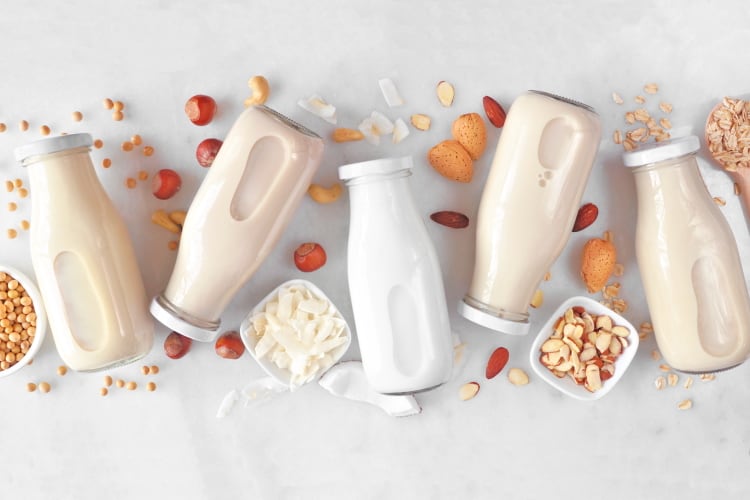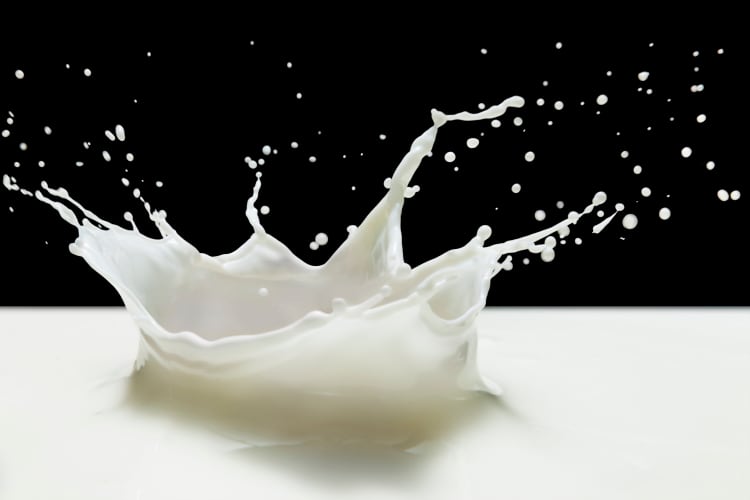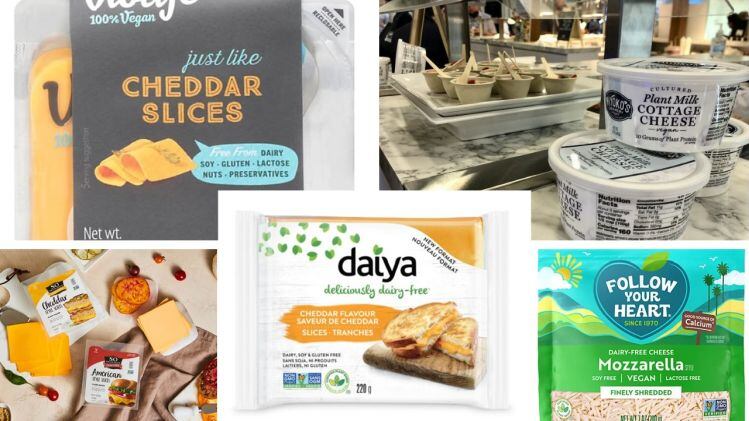Market research carried out by US-based food corporation Cargill, Inc. offers important clues into the growing plant-based food sector, alongside key insights regarding its impact on dairy.
Undertaken in two waves, one completed in February 2021 and one in July 2022, the study seeks to gain a deeper understanding of consumer shopping habits and identify attitude changes.
“In comparison to last year’s research, what we’ve seen this time around was that more people were open to ‘flexing’ – meaning that they would still consume dairy alongside plant-based products,” said Cargill’s business development manager, Mark Fahlin.
In the most recent survey, fewer consumers reported following vegan or vegetarian diets (9% in 2022 versus 14% in 2021). The research noted an even larger dip in the number of consumers actively avoiding animal-based dairy products - in 2021, four in 10 consumers were dairy avoiders; in 2022, that number had dropped to less than three in 10. “Clearly, there’s a growing swath of plant-based dairy consumers who are open to both categories. Look in their refrigerator, and they may have conventional milk and a plant-based alternative sitting side-by-side. It’s further evidence of just how mainstream the plant-based dairy movement has become,” he added.
Improving fortification
In the race to compete with traditional dairy on nutrition, plant-based alternatives typically require fortification. Whilst dairy has a high protein and calcium content as well as high amounts of vitamin B2, iodine and biotin, plant-based alternatives could vary in nutrient composition.
Protein fortification is a key way to improve products in that category, Fahlin thinks. “We are now in generation 4 plant-based milks and while this segment could rely on its health halo early on, today’s consumer is increasingly aware of things like high sugar content, for example,” he told us. Reducing sugar levels, or including a sugar-free alternative in their formulations instead could address this.
Increasing protein content is another key area where fortification can be improved. “To achieve high protein content and also deliver a complete protein, manufactures could look at blending two types of plant protein,” he told us. “For example, we’ve had great success with Puris 2.0, a pea protein that can provide between 10g to 20g of protein content. Combined with other proteins, this can deliver a complete protein profile.”
In terms of nutrients, pea protein is low in the amino acids cysteine and methionine, but high in lysine. Pairing it with rice protein, which is low in lysine, but high in cysteine and methionine, creates a complete protein.
In addition to pea, fava bean and hemp proteins are also gaining traction according to Cargill, citing Innova Market Insights data that identifies the two as the fastest-growing plant-based protein in dairy and meat alternatives between 2017 and 2019.

Ice cream popular in retail, cheese – in foodservice
Another surprising finding that Fahlin highlighted from Cargill’s research was the prevalence of plant-based ice cream on consumer menus, the segment coming second only to plant-based dairy alternatives. “This surprised me a little as I expected coffee creamers or yogurt to come before ice cream,” Fahlin reflected. “Ice creams are a product synonymous with indulgence for many, so penetration levels there have traditionally not been very high. This is changing however, and it’s clear from our research that plant-based milks offer a gateway to other plant alternatives, such as ice cream.”
Cheese, meanwhile, is a potential area for growth and R&D innovation, with plenty of scope to improve flavour, texture and nutrient profile. “The opportunity for plant-based cheese really is in foodservice, for example pizza,” said Fahlin, who added that technology still needs to advance to bring plant cheese to the next level.
“I see cheese as ‘generation one’ in terms of where the industry is at right now,” he added. “Compared for example to plant-based milk, which is a really mature segment in terms of flavor, there is still some way to go with cheese, and there is an opportunity for manufacturers to advance and develop this.”
Indeed, Cargill says that according to FMCG Gurus data, more than 80% of consumers state that flavor is an influential factor in their purchase choices, and one in five global consumers still skeptical that plant-based alternatives can deliver on texture. The consumption of dairy cheese meanwhile is on the rise globally, with Statista expecting the market to rise by 5.48% annually and the most revenue to be generated in the US. “Conventional milk is one category that has declined since the 1970s, but this is due to societal changes, rising rates of lactose intolerance, and the explosion of options in the beverage sectors," he explained. "Vegan and flexitarian diets are just two of the factors.”
Nevertheless, it’s evident that the plant-based milk segment has eaten into the dairy market, with approximately 10% of all milk purchases now comprising plant-based milk, according to Cargill. In plant-based dairy, oat, which used to comprise just 1% of plant-based alternatives, is on the rise and expected to grow in the new year, the company said.
Precision fermentation – ‘an exciting third space’
Precision fermentation has been touted as the next big trend in dairy for some time, and some predict that commercialization of microbial fermentation-derived dairy could significantly challenge the plant-based sector. “I view precision fermentation as an exciting third space in dairy, alongside traditional dairy and plant-based alternatives,” said Fahlin. “I think upscaling the technology is still a hurdle for many manufacturers and from there, commercialization, but it’s an exciting proposition for sure.”




